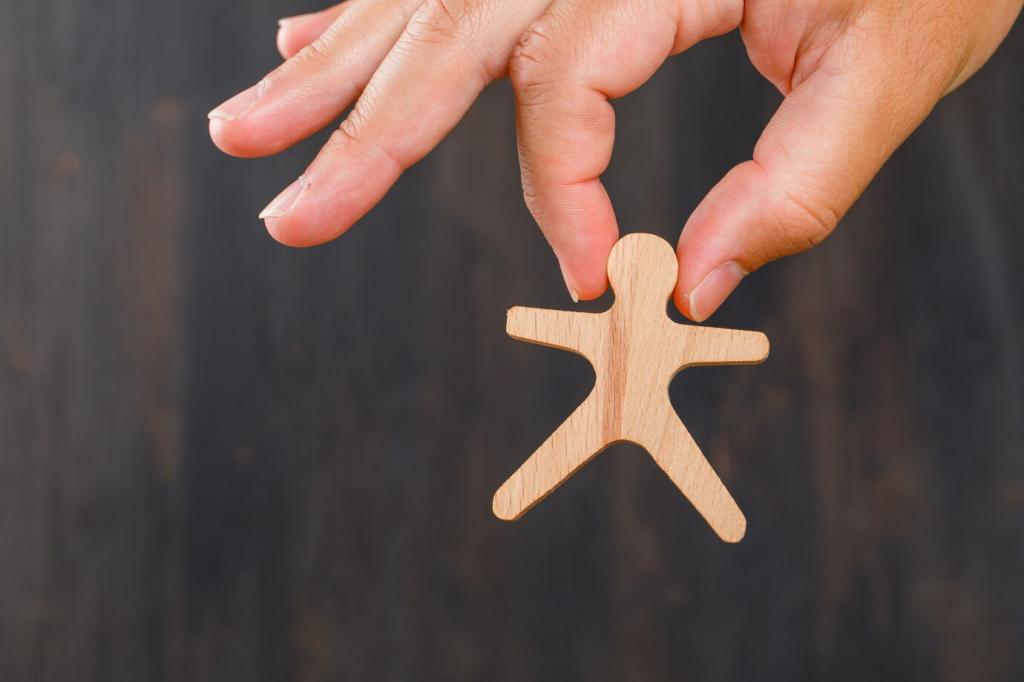Why Empathy at Work Changes Outcomes
Teams that feel genuinely heard share information earlier, flag risks quickly, and recover from mistakes with less blame. Trust created by empathy becomes a performance multiplier, turning cautious cooperation into proactive collaboration and making ambitious goals feel achievable rather than threatening.
Why Empathy at Work Changes Outcomes
When people sense they matter, workloads feel more manageable and feedback less personal. Empathy transforms stress into shared problem‑solving, boosting belonging and retention. A caring check‑in before deadlines can prevent silent struggle, enabling earlier support and more sustainable delivery.







